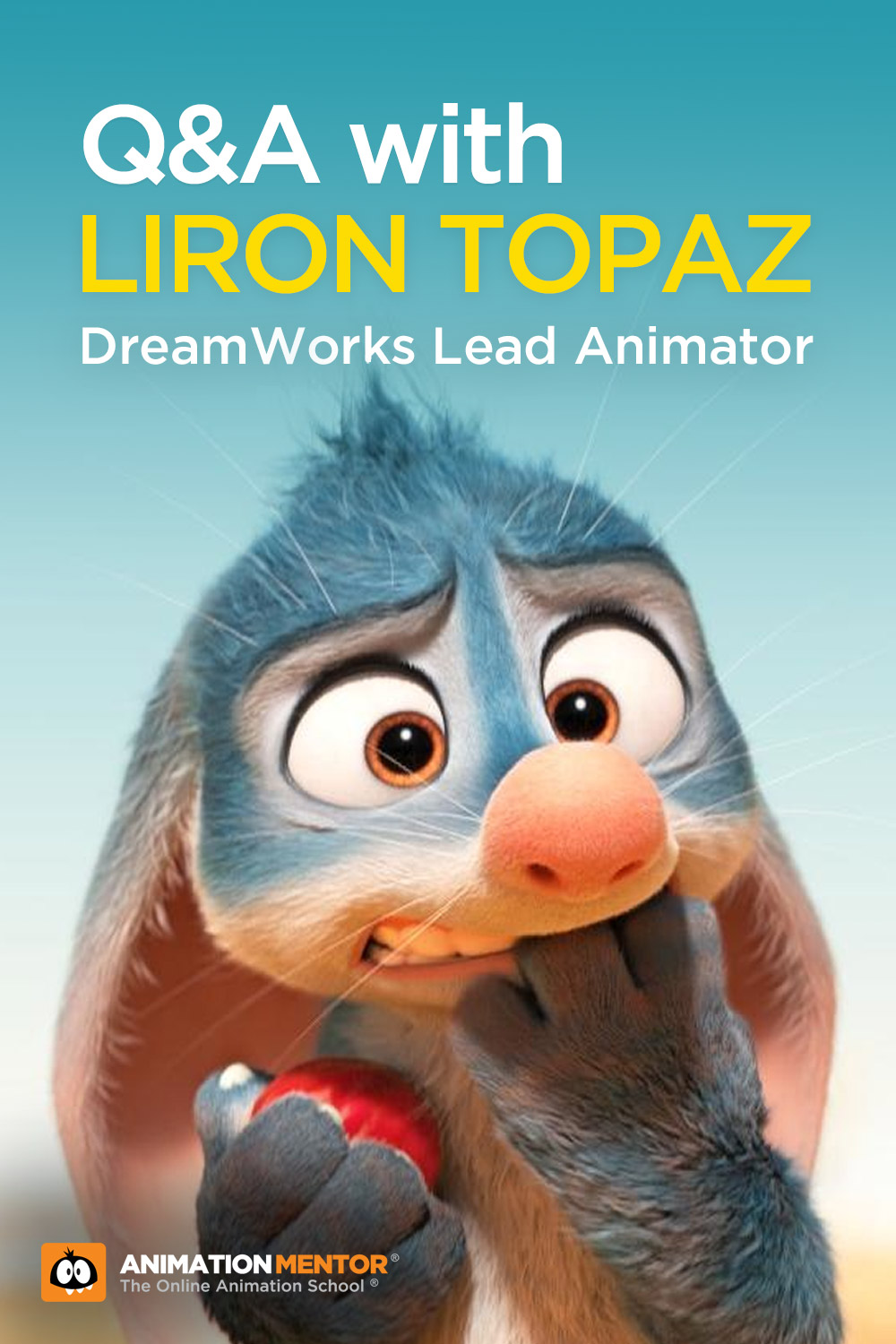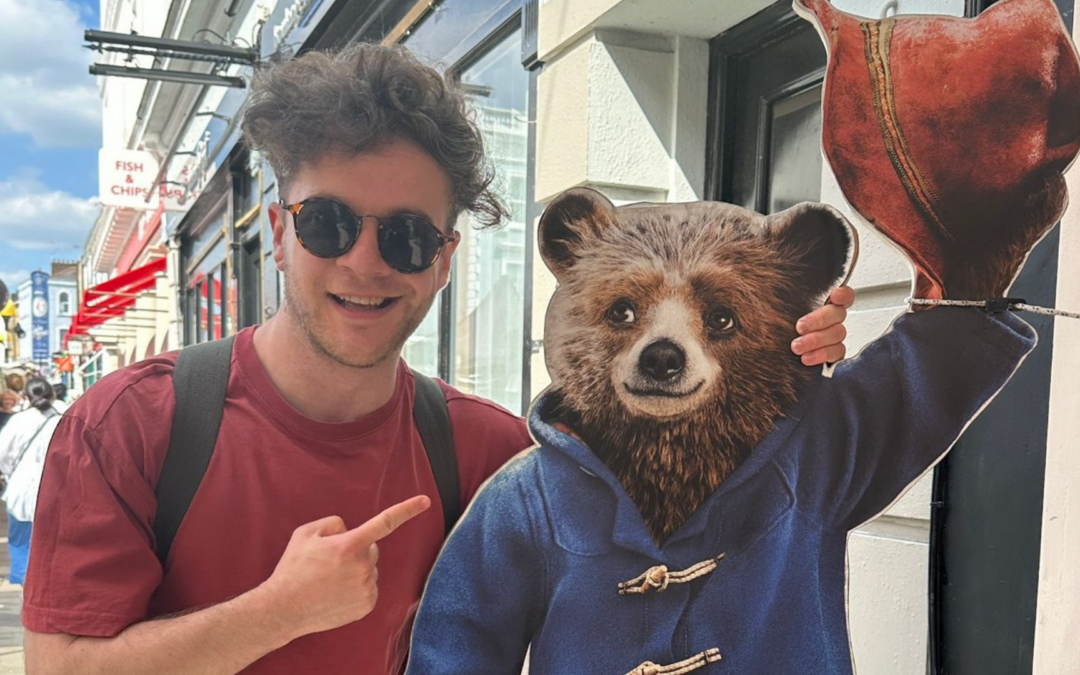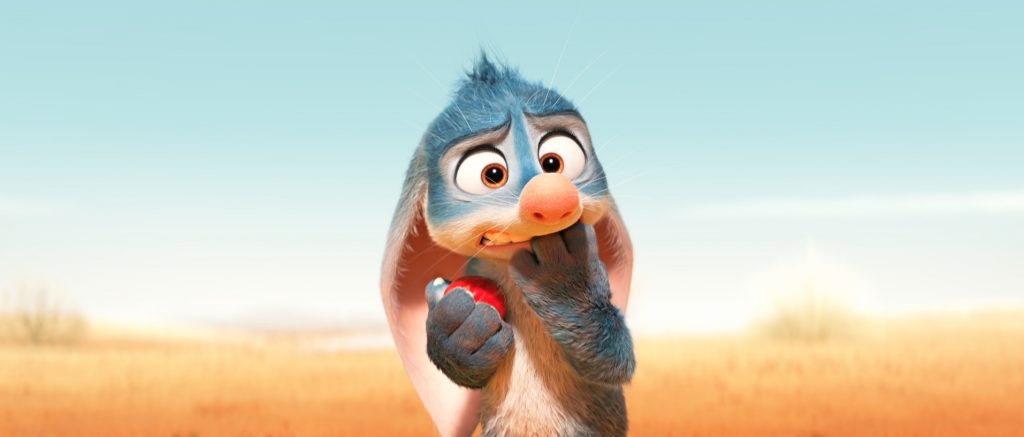
DreamWorks Animation’s Short Film Bilby, Co-Directed by Liron Topaz, JP Sans, and Pierre Perifel
Animation Mentor sat down with
How to Train Your Dragon: The Hidden World animator Liron Topaz to chat about DreamWorks, animating dragons, and the best advice he’s ever received.
Animation Mentor: When did you know you were an animator? What was your “aha!” moment?
Liron Topaz: I don’t think I ever had a particular moment I realized I was an animator. I’ve wanted to be an animator ever since I was a young kid, so there was never any other option. I was very driven, and in particular driven to get into a big studio. I always wanted to work on the type of films I grew up adoring. I do recall a different ‘aha!’ moment. I was on a flight back home and a kid was sitting in the row in front of me watching Alice in Wonderland. My shot came up, and I realized at that moment the impact and exposure these films have. Millions of people from all over the world are watching these films, either in the theater, on their ipads, or even on a plane. Kids grow up on these films, just like we did. That was a very satisfying moment.
I was on a flight back home and a kid was sitting in the row in front of me watching Alice in Wonderland. My shot came up, and I realized at that moment the impact and exposure these films have.
AM: Walk us through a typical day at DreamWorks. You come in, you get your coffee, what’s next?
LT: Actually, I don’t drink coffee 🙂 That’s an interesting fact about myself, is that I’ve never in my life drunk a cup of coffee, which I’m aware is absurd for most people.
I am actually a very non-standard animator because I wear a lot of different hats around the studio. I don’t think I have any two days that are alike. I find it very interesting, but also very challenging as I need to juggle a lot of different responsibilities. In the past year I had the amazing opportunity to write and direct a short film at the studio, while developing a new dragon rig for How to Train Your Dragon 3, developing a new Locomotion System tool for the studio, and of course animating. So it’s a lot of running around from meeting to meeting and being as efficient as I can when I get to sit down and animate. I enjoy it because I feel I’m contributing on a bigger scale, which is more important to the studio. I’m also constantly working, even if I’m not at work. I always think about new ideas for films, tools, or acting for my shots.
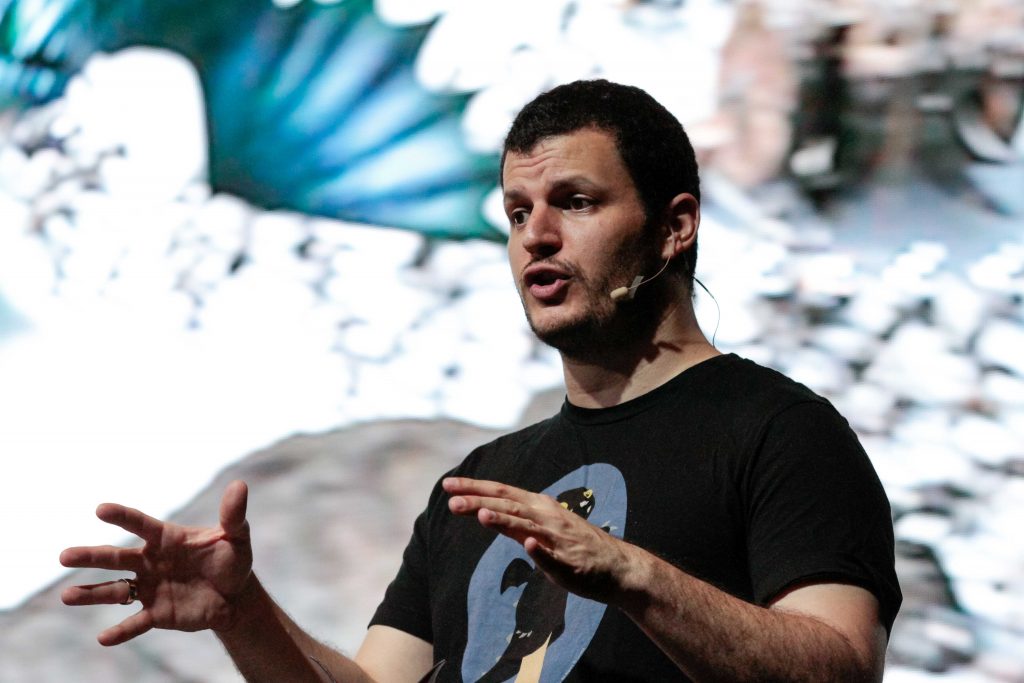
Liron Giving a Talk
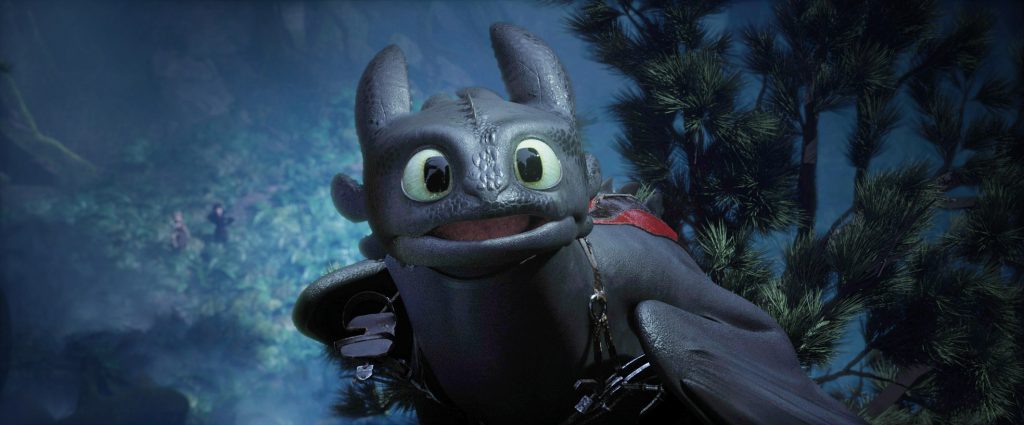
Toothless in How to Train Your Dragon: The Hidden World
My favorite character and my biggest inspiration to join DreamWorks was Master Oogway, the turtle from
Kung Fu Panda. I remember how impressed I was to see his unique performance in the first Panda film. Such a deep understanding of his personality, his wisdom and his humility, executed in such a masterful and elegant way. He really reminded me of my grandfather, that was very close and dear to my heart. I loved the old man’s mannerism, the eyes that really showed his kind soul and his witty proverbs.
When I first started at DreamWorks, I realized I would never have a chance to animate him, since, well.. he died in the first film. Sorry for the spoilers! So when I heard he was coming back in the third film I was super excited. I was hoping to get a chance to finally animate a single shot with him. I never thought in a million years I would get the opportunity to be the Character Lead for him. Dan Wagner, the head of animation, offered me the position and I was blown away and really took it to heart.
I did all the development work for him and created his expression library and performance tests. Usually when you work on a film it’s only towards the end of the film you finally realize who the character really is. It takes a certain mileage of animation to really get to know them. I feel with Oogway I was fortunate to get a head start, and by the time we started animating him in shots it felt natural.
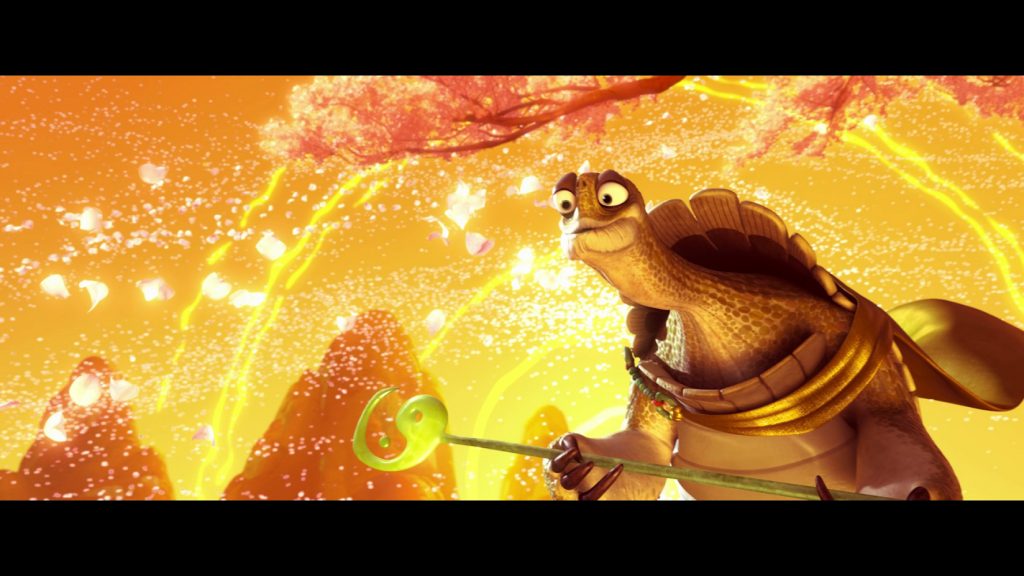
Master Oogway from Kung Fu Panda 3
In a reel review I would much rather see a variety of shots doing a full range of actions and acting than an entire reel of subtle close ups.
AM: How would you describe your teaching style?
LT: I strongly believe in practical teaching. Theories of Animation are very important, but I feel students need to see ‘how to’ in order to really understand how they can utilize feedback in their work. Very often I open my students’ Maya files and I look under the hood. I know some students hate that because they feel vulnerable. I can see all their cheats and where they cut corners, and that’s exactly why I do that.
I show them how to work clean and organized, making sure their animation is working from all angles, not JUST from the camera point of view. I show them different techniques of how to approach their shots and help them solve issues they might run into. Many times I’ve found students are struggling because they are working very messy, and don’t have an organized workflow. Animation can be very overwhelming if you are not organized and I strongly believe in clean curves. That is even more crucial when doing complicated scenes and creature animation.
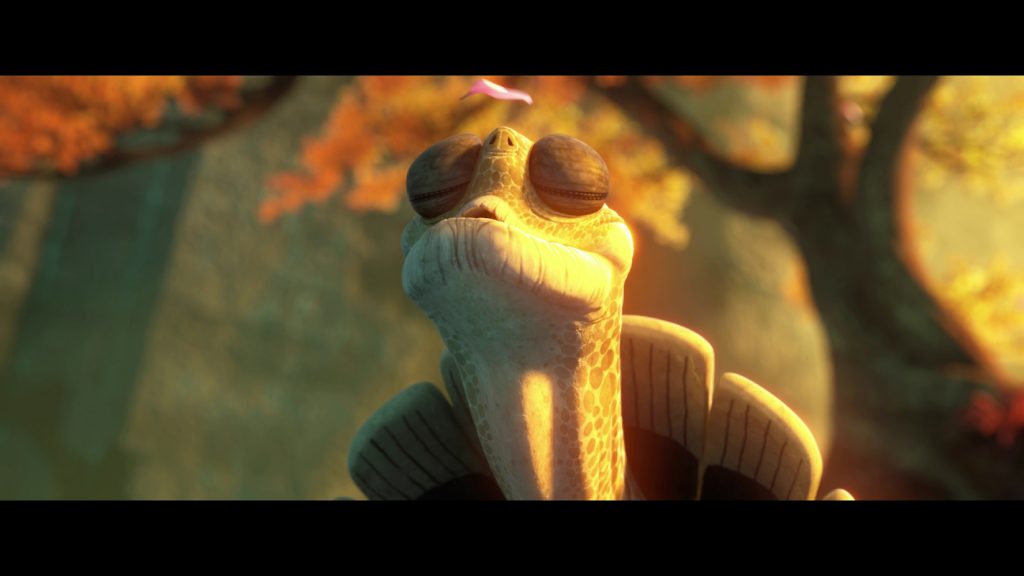
Master Oogway Meditating
I’ll pass along the best advice that I got: “It all comes down to practice.” It’s very true. The more you do, the better you get.
LT:I’ll pass along the best advice that I got: “It all comes down to practice.” It’s very true. The more you do, the better you get. It sounds obvious, but I don’t see enough students do that. Usually students work on a single animation piece for months because they want to have a new shiny piece for their reel. And that’s very important! But instead of spending months, I would suggest doing 30 small animations. Do one every day and practice practice practice. By the end of that month, you’ll get so much better, so much faster. Even if those animations will never see the light of day, it’s about building your mileage. Everyone needs to go through those first 10,000 drawings, some people just go through their drawings faster than others because they keep practicing.
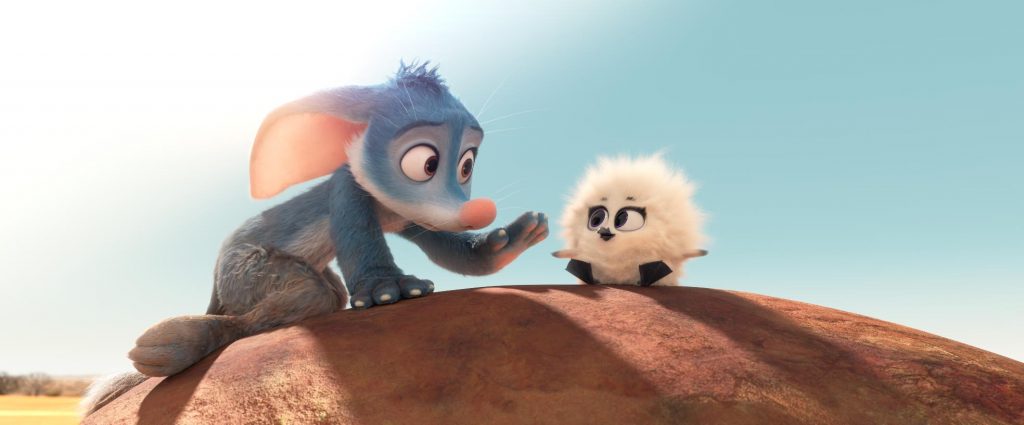
A Scene from the DreamWorks Short Film Bilby
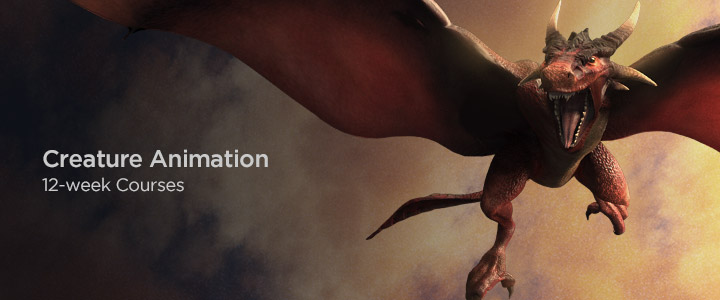
Learn to animate epic creatures for animated or live-action movies!
Creature Animation Workshops are taught by professional animators with credits like
How to Train Your Dragon: The Hidden World,
Thor: Ragnarok, and more!
